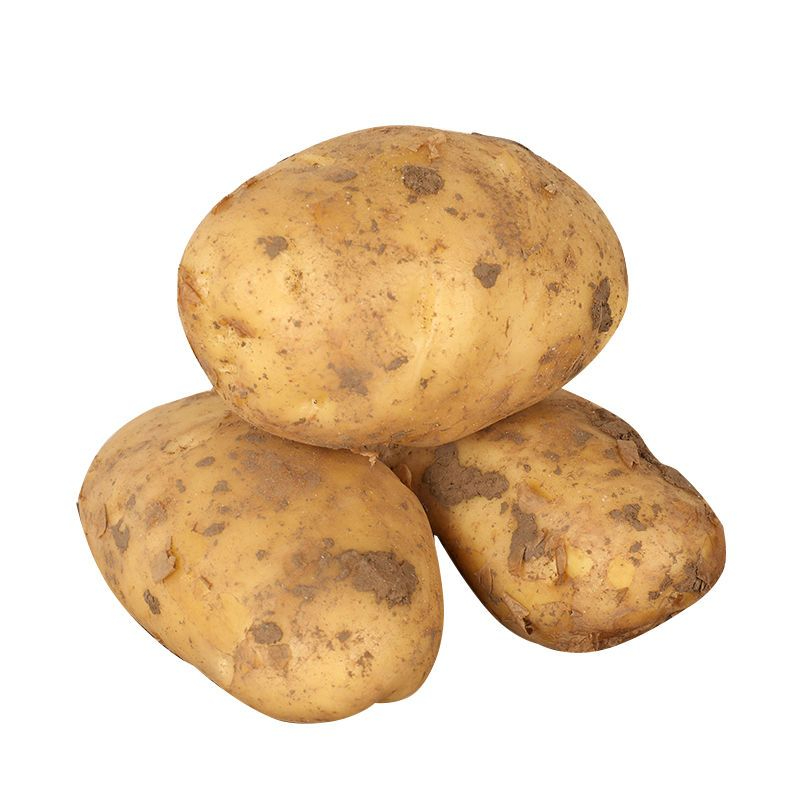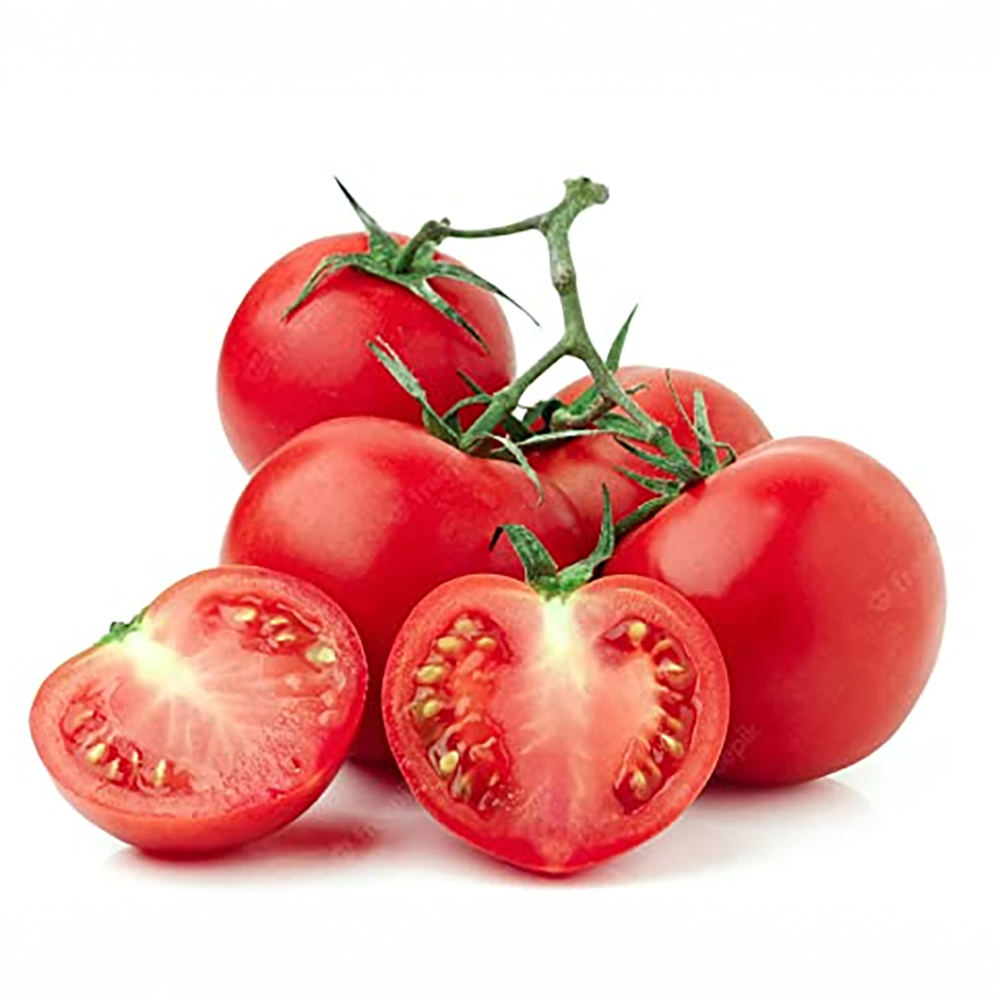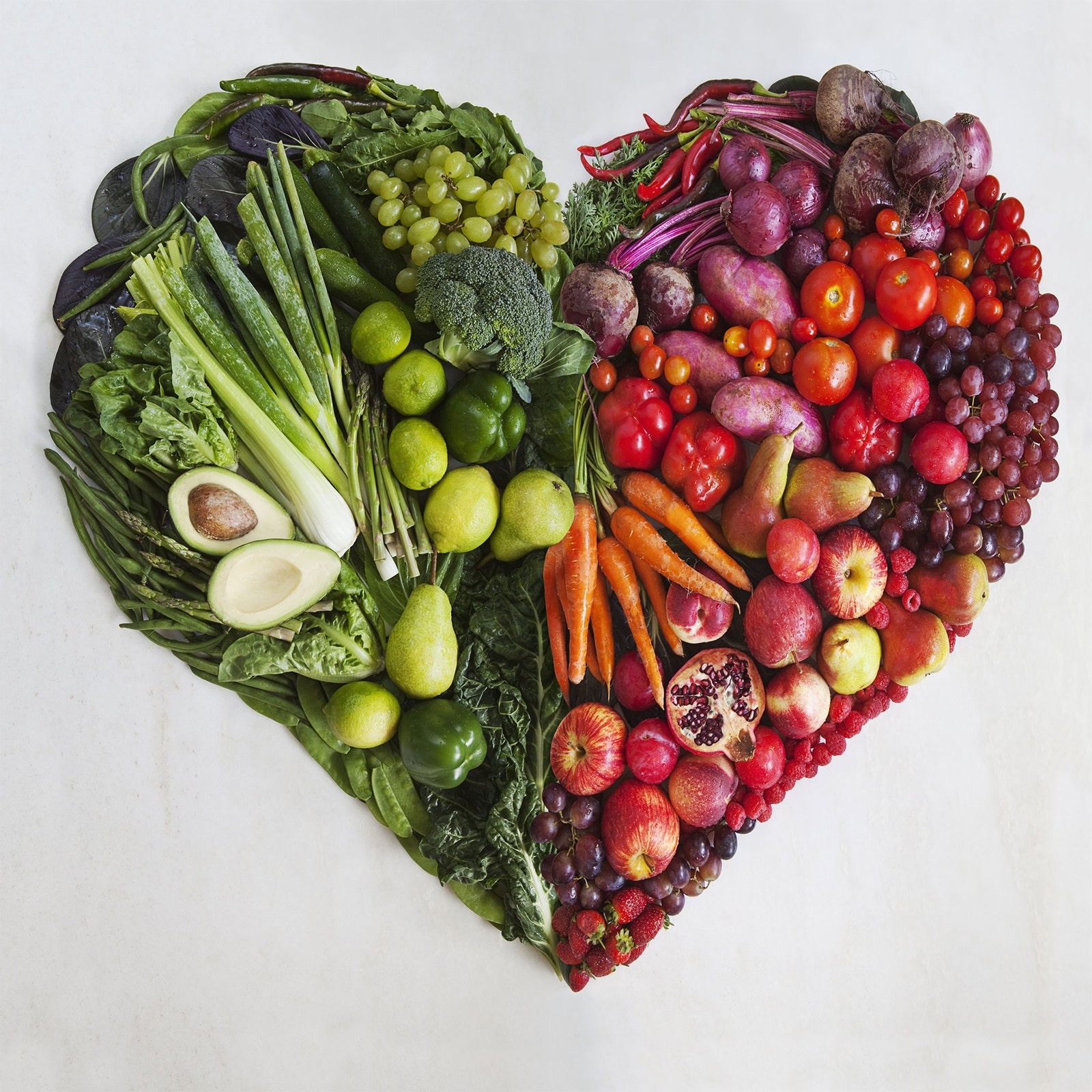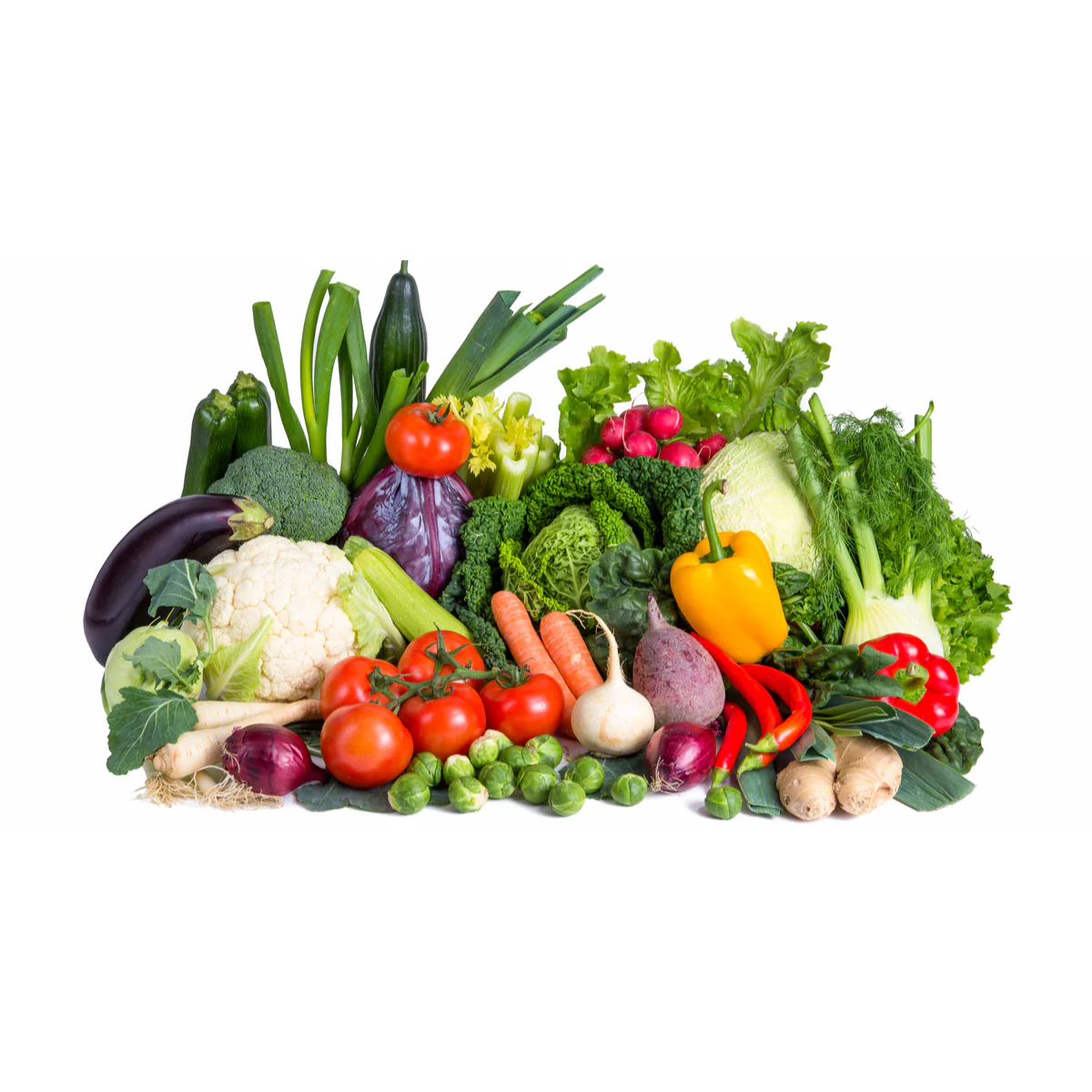An Overview of American Vegetable Preferences
Trends in Vegetable Consumption Across the States
What vegetables do people in the USA like to eat?Vegetable preferences in the United States can vary widely from region to region, influenced by local agriculture, cultural traditions, and regional cuisines. However, several vegetables have consistently found their way onto American plates due to their versatility, availability, and nutritional profile. These staples include carrots, broccoli, lettuce, onions, and tomatoes, which are widely available year-round and can be used in a plethora of culinary applications.
The Role of Vegetables in a Balanced American Diet
Vegetables are an essential component of the American diet, offering a variety of nutrients that are crucial for maintaining a healthy lifestyle. With an increased focus on health and wellness, many Americans actively try to incorporate a range of vegetables into their meals. From the essential vitamins and minerals to the fiber content that aids digestion, vegetables provide a multitude of health benefits while also adding flavor and diversity to dishes.

Top Vegetables Americans Love to Eat
Potatoes – America’s Beloved Staple
Potatoes are arguably the most popular vegetable in America, enjoyed for their comfort food appeal and versatility. They can be baked, mashed, roasted, or fried, making them a favorite side dish at both casual and formal meals. The widespread appeal of French fries, potato chips, and mashed potatoes at American gatherings is a testament to their enduring popularity.
Tomatoes – A Versatile Favorite
While botanically classified as a fruit, tomatoes are commonly consumed as a vegetable in the United States. Their use spans from fresh salads and salsas to cooked preparations like sauces, soups, and stews. Tomatoes are cherished for their juiciness, flavor, and health benefits, including being a significant source of the antioxidant lycopene.

Seasonal and Locally Grown Vegetables
Embracing Seasonal Harvests for Freshness and Flavor
Americans are increasingly seeking out seasonal vegetables for the superior flavor and nutritional value they offer. Seasonal favorites like sweet corn in the summer, pumpkin in the fall, asparagus in the spring, and Brussels sprouts in the winter are eagerly anticipated and featured in home cooking and restaurant menus alike. The farm-to-table movement has also encouraged local farmers’ markets where consumers can purchase fresh, locally sourced vegetables.
The Impact of Local Farming on Vegetable Choices
Local farming practices have a significant influence on the types of vegetables Americans consume. Availability of produce varies by region, leading to greater popularity of certain vegetables in different parts of the country. For example, artichokes are especially common in California, while okra is a staple in the Southern states. The rise in community-supported agriculture (CSA) programs has further boosted the consumption of local and organic vegetables across the nation.
Health-Conscious Vegetable Choices
Leafy Greens: Spinach, Kale, and Lettuce
Health-conscious Americans are including more leafy greens in their diets. Spinach, kale, and lettuce are valued for their low calorie content and high nutrient density. They serve as the foundation for salads, smoothies, and a host of dishes aimed at providing a healthy intake of vitamins A, C, K, and folate, among others. These leafy greens have become synonymous with a healthy lifestyle and are a common sight in American refrigerators.
The Rise of Superfoods: Broccoli and Avocado
The superfood trend has brought vegetables like broccoli and avocado to the forefront of healthy eating. Broccoli, with its high vitamin C and fiber content, is a favorite in both raw and cooked forms. Avocados, while technically a fruit, are often used in vegetable salads and guacamole, and have gained immense popularity for their healthy fats and creamy texture. Both of these foods are staples for Americans seeking nutrient-rich diets.
Unique and Ethnic Vegetables in American Cuisines
Exploring Diverse Cuisines with Ethnic Vegetables
The melting pot of American culture allows for a rich diversity of vegetables from various cuisines to be present in the diet. Vegetables like bok choy, edamame, jicama, and tomatillos have become more mainstream, thanks in part to the influence of Asian, Latin American, and other ethnic cuisines. Americans are becoming more adventurous in their eating habits, exploring unfamiliar vegetables as they seek out new culinary experiences.
Popularity of Spicy and Flavorful Vegetables
The American palette has increasingly embraced spicy and flavorful vegetables. Jalapeños, chilies, and bell peppers are now regular ingredients in many kitchens, prized for their ability to add a kick to any meal. These vegetables not only enhance flavor but also contribute additional nutrients and have been link to several health benefits, such as improved metabolism.
The Evolution of American Vegetable Consumption
How American Vegetable Preferences Have Changed Over Time
Over the years, American vegetable consumption has evolved significantly. Historically, diets included more canned and frozen vegetables, reflecting the need for longer shelf lives. However, the modern American consumer tends to favor fresh, whole vegetables, with an emphasis on organic and non-GMO options. This shift is driven by growing awareness of health, environmental concerns, and the desire for better-tasting produce.
The Future of Vegetables in America’s Culinary Landscape
The future of vegetables in the American diet looks vibrant and diverse. As people become more health-conscious and environmentally aware, the demand for a wider variety of vegetables, including heirloom and exotic varieties, is on the rise. The farm-to-table movement, urban gardening, and advancements in sustainable agriculture suggest that Americans will continue to incorporate an abundance of fresh, flavorful, and nutritious vegetables into their meals.

Integrating Vegetables into Daily American Meals
Vegetables as Main Dishes and Sides
American cuisine has traditionally treated vegetables as side dishes, but they are increasingly taking center stage as main courses. Vegetarian and vegan diets are becoming more popular for their health and environmental benefits, leading chefs and home cooks alike to innovate with vegetables in the spotlight. Dishes like cauliflower steaks, zucchini noodles, and vegetable stir-fries appeal to those looking to reduce their meat consumption without sacrificing flavor or satisfaction.
Incorporating Vegetables into Breakfast and Snacks
Incorporating vegetables into every meal, including breakfast and snacks, is becoming more common in American households. Breakfast omelets packed with spinach, onions, and mushrooms, smoothies blended with kale or carrots, and veggie-packed muffins are all ways that Americans start their day on a nutritious note. As for snacks, celery sticks with peanut butter, carrot sticks with hummus, and roasted kale chips have emerged as healthy alternatives to traditional processed snack foods.
Educational Initiatives and Policy Changes Impacting Vegetable Consumption
Nutritional Education and Its Impact on Vegetable Intake
Educational initiatives that focus on nutrition play a crucial role in shaping vegetable consumption habits. Public health campaigns, school programs, and non-profit organizations have increased awareness about the importance of vegetables for a balanced diet. These efforts promote not only an understanding of nutritional benefits but also how to prepare and enjoy vegetables in tasty ways, leading to a more informed and health-conscious public.
The Role of Government Policy in Promoting Vegetable Consumption
Government policies can significantly influence the types of vegetables that Americans eat. Subsidies and regulations that support the production and distribution of certain vegetables make them more accessible and affordable. Nutrition assistance programs like SNAP and WIC include provisions to encourage the purchase of vegetables. While new dietary guidelines emphasize their importance. Such policy changes have the power to shape national dietary patterns and improve the overall health of the population.
In conclusion, vegetables play a central and evolving role in the American diet. With preferences influenced by health trends, ethnic cuisines, and local agriculture. Staples like potatoes and tomatoes have long been favorites, while seasonal and locally sourced produce are increasingly sought after for their freshness and flavor. Health trends continue to drive the popularity of leafy greens and superfoods such as broccoli and avocado. Meanwhile, the introduction of ethnic vegetables and spicy varieties has expanded the American palate. As the landscape of the American diet changes, a greater variety of fresh, organic. And sustainably grown vegetables is being embraced, predicting a future of diverse and nutritious vegetable consumption across the nation.


